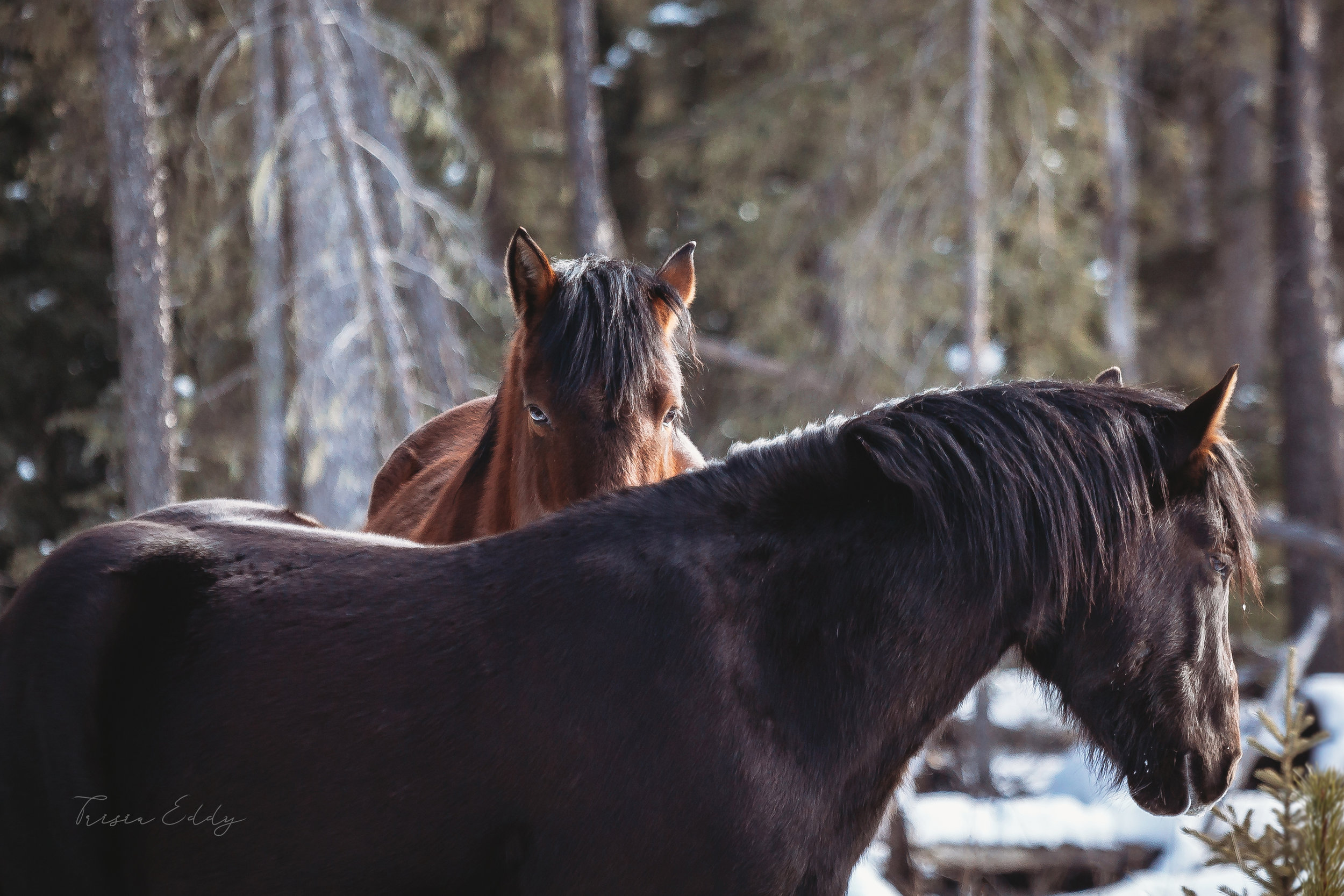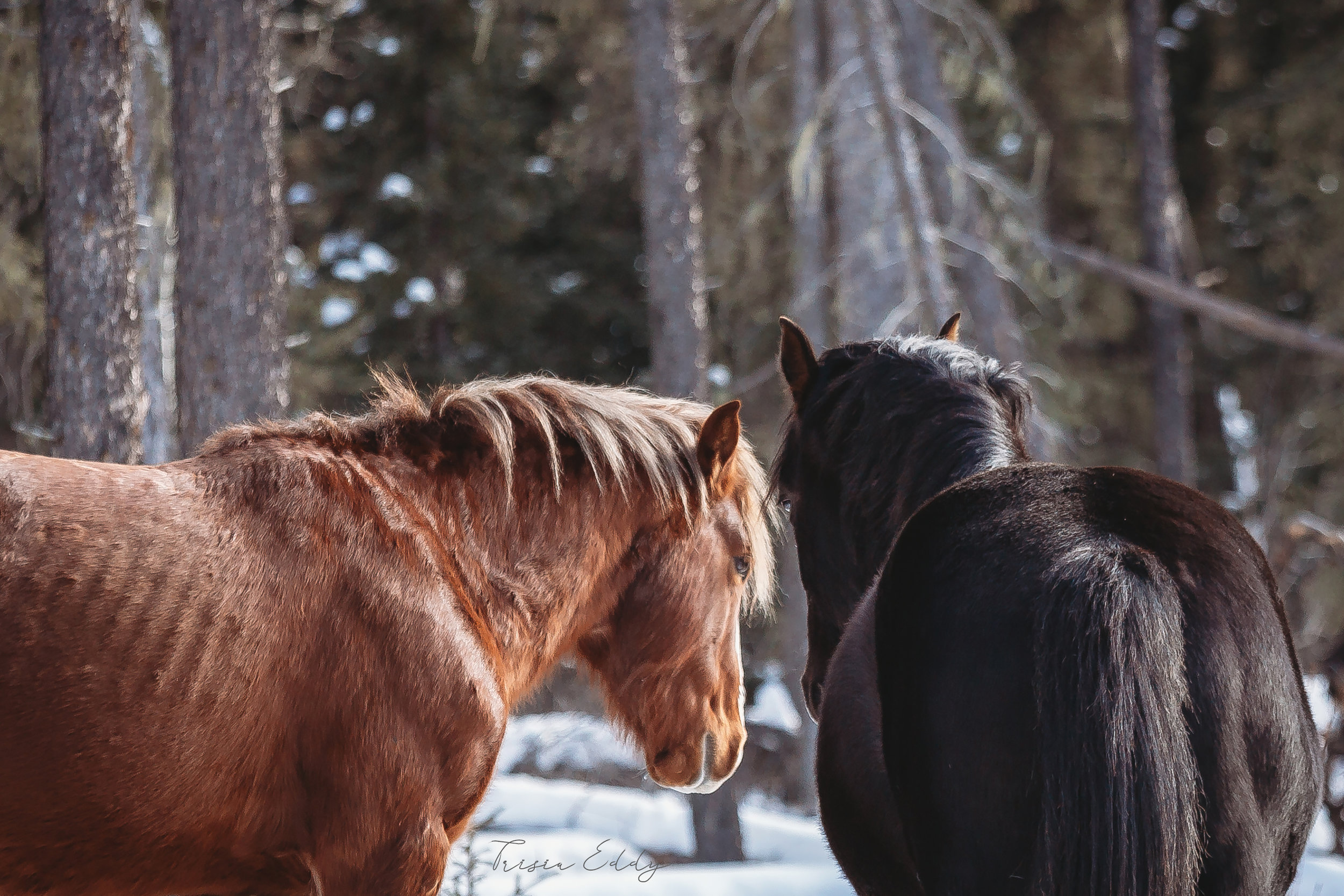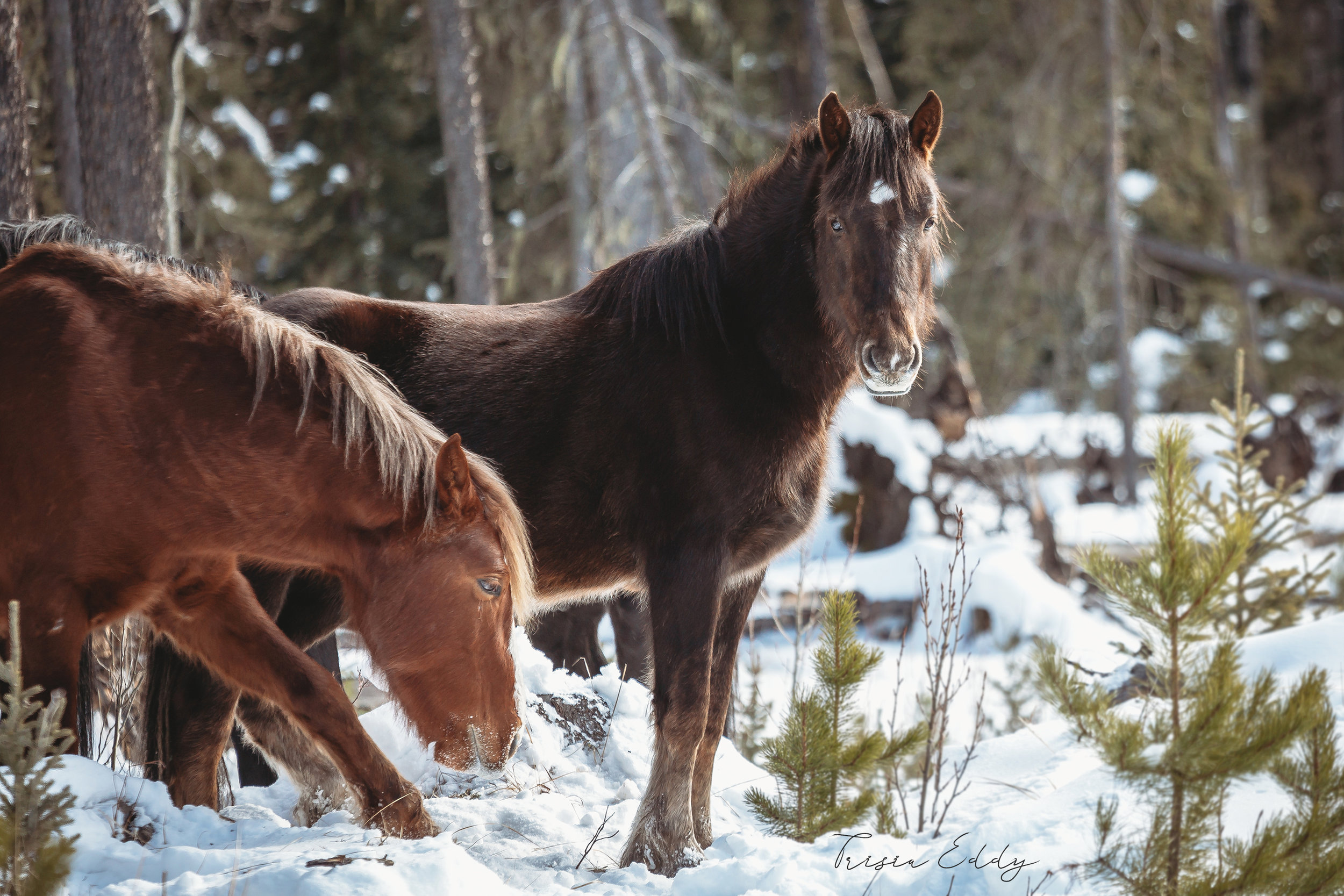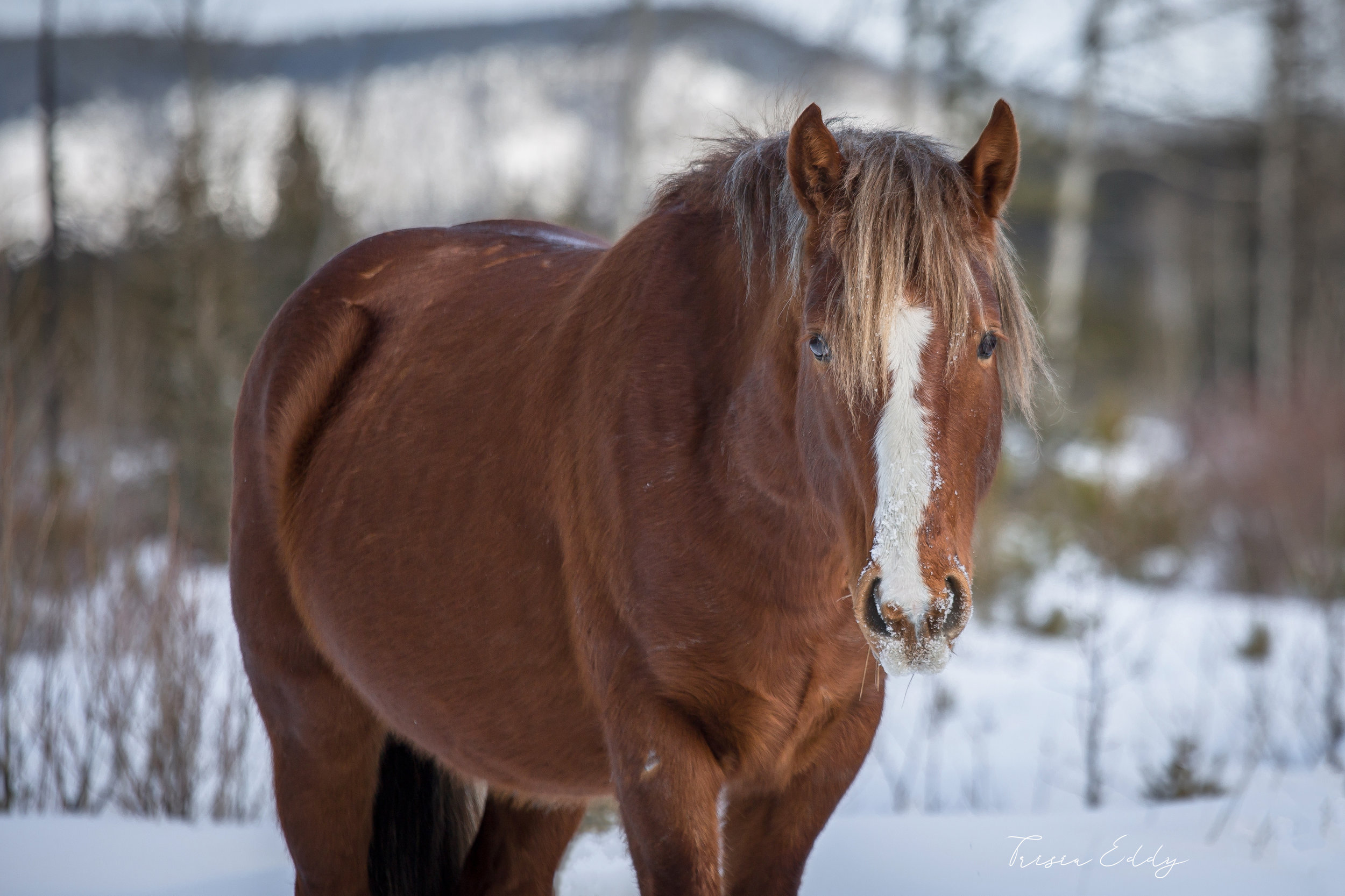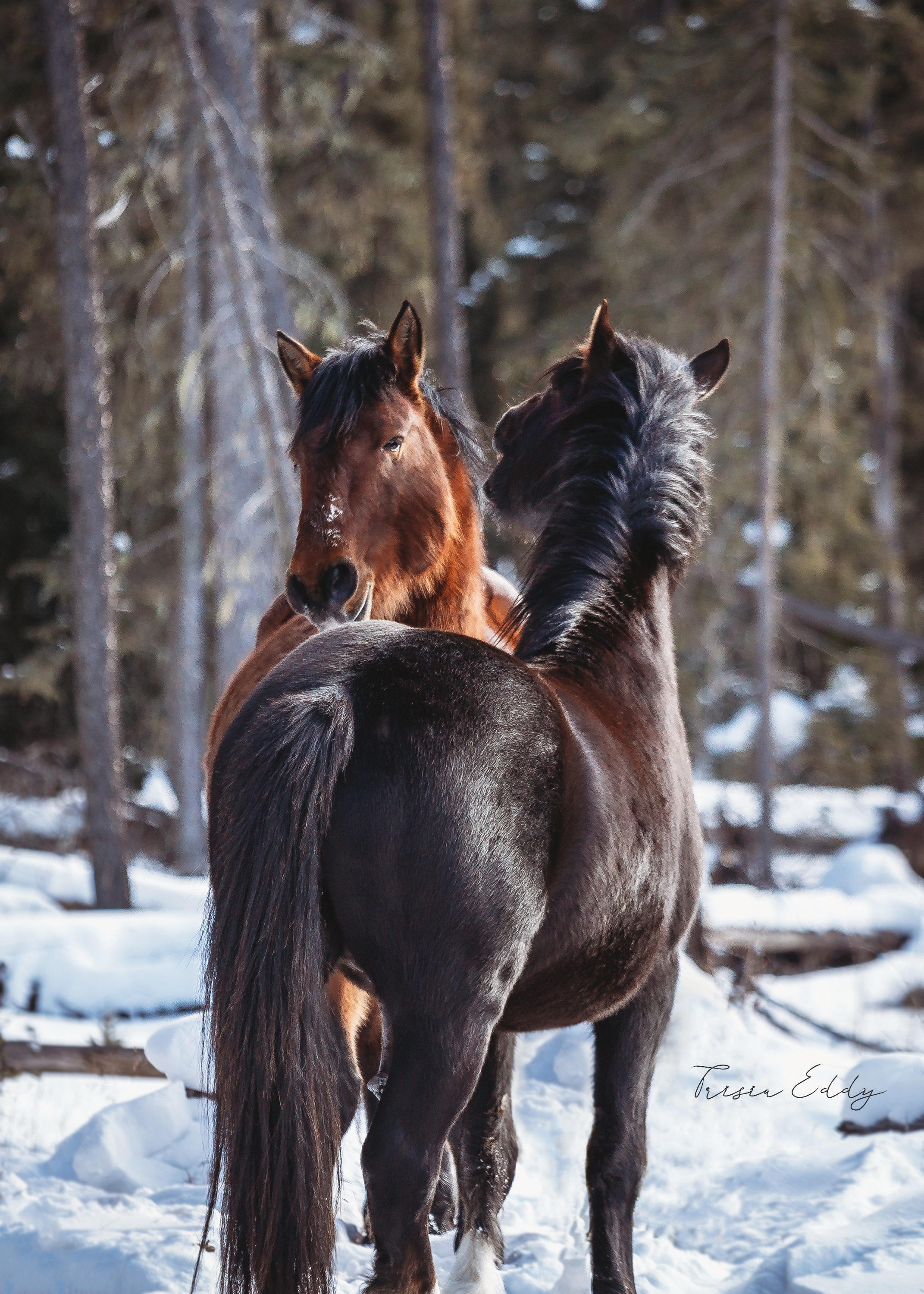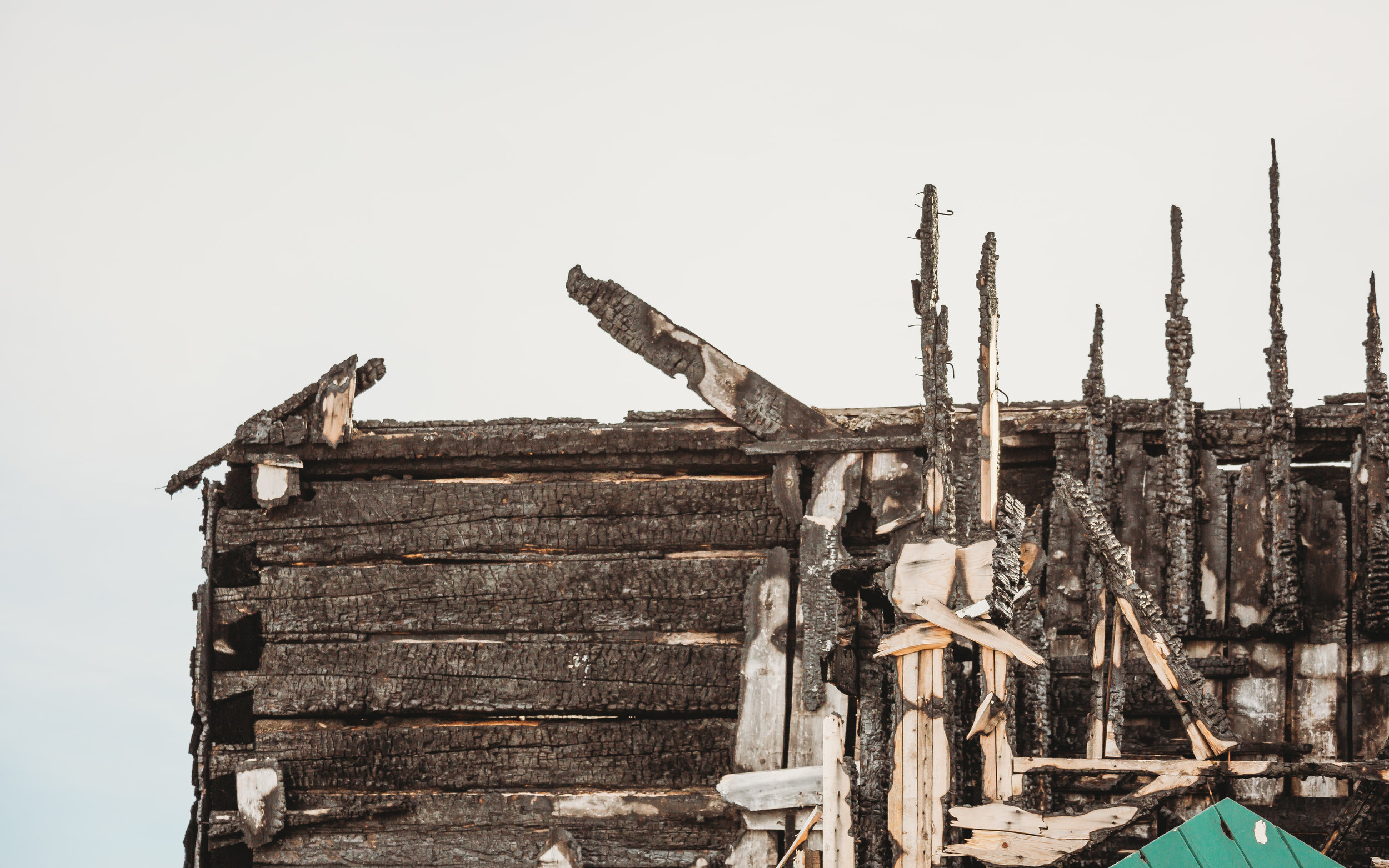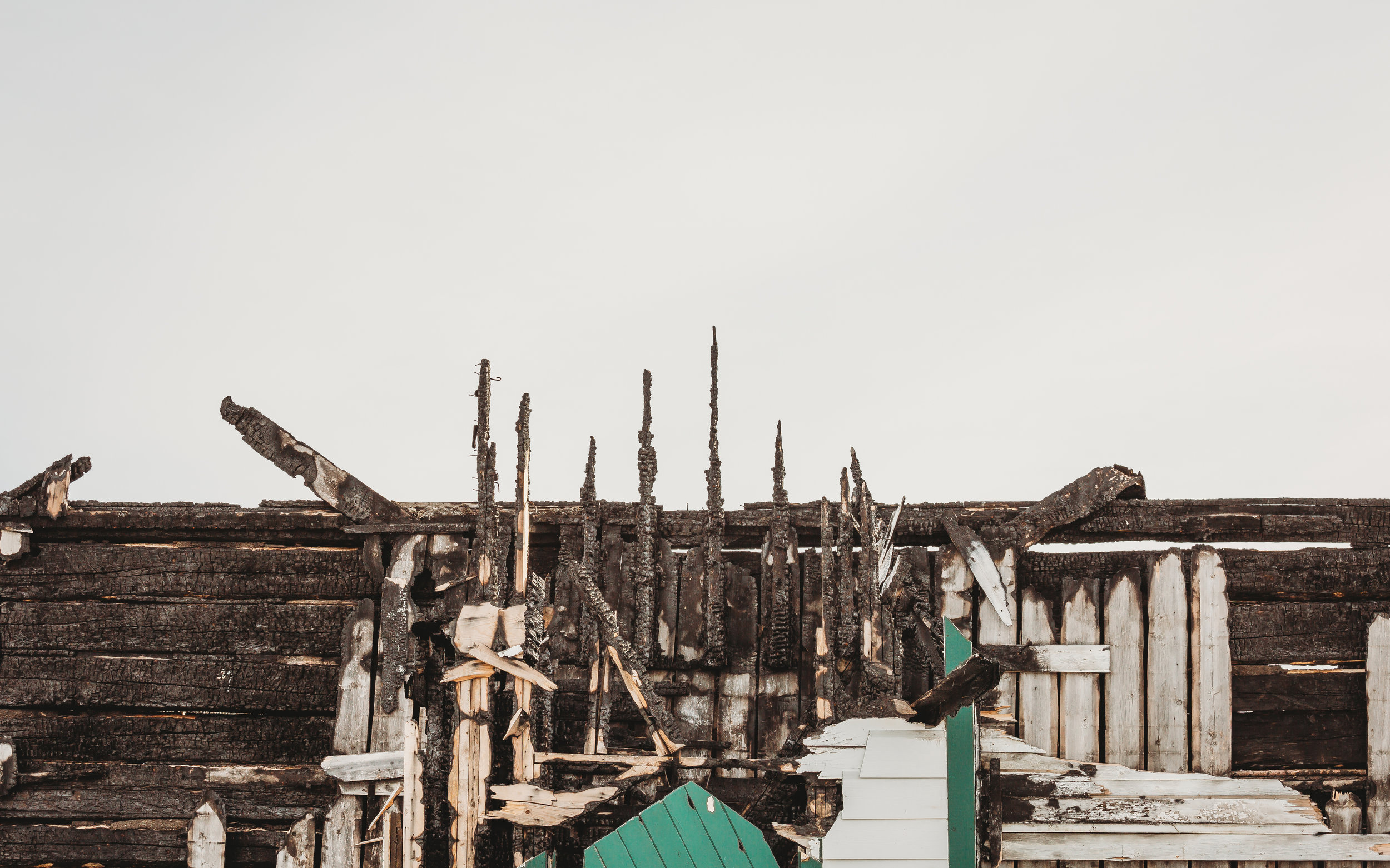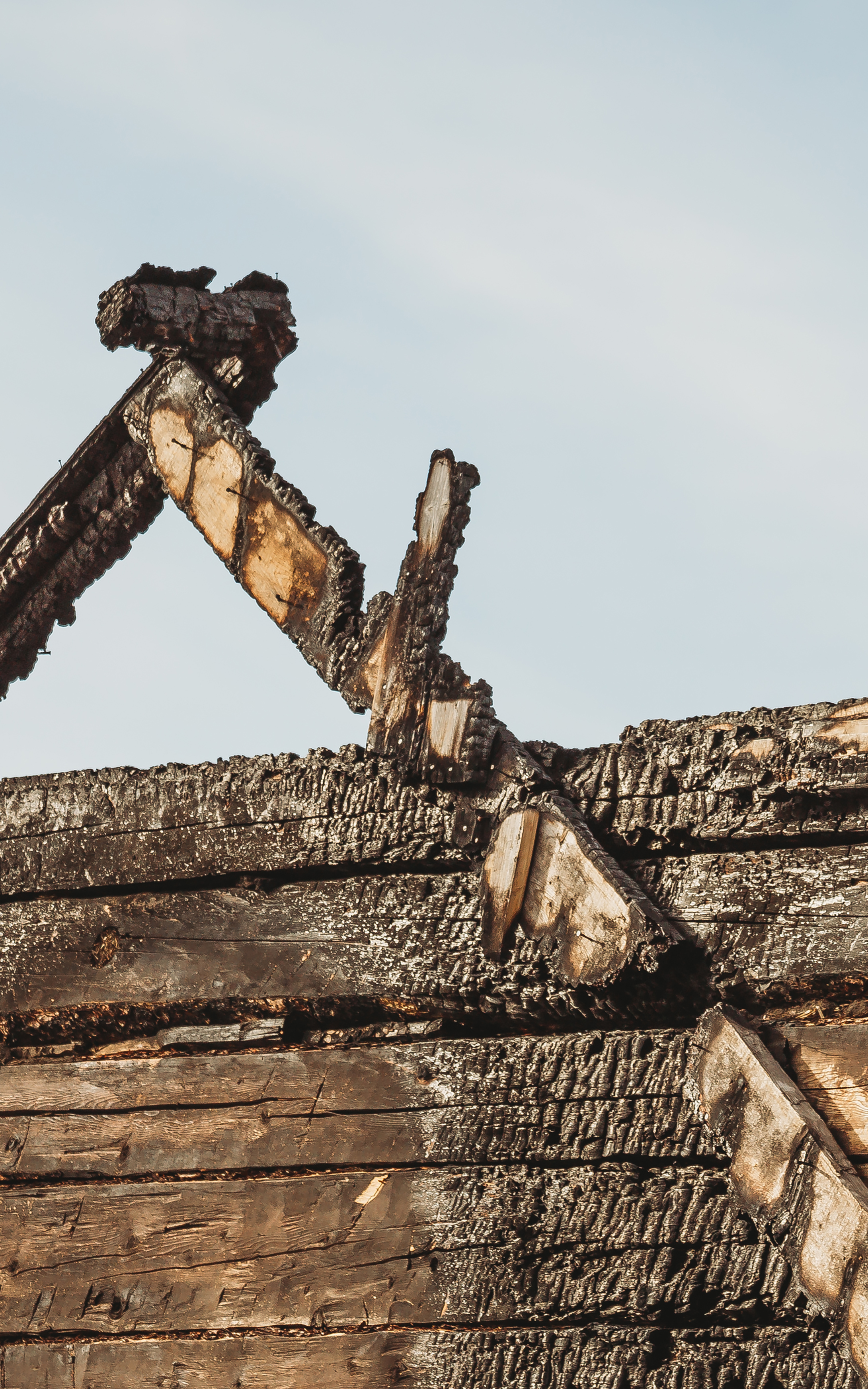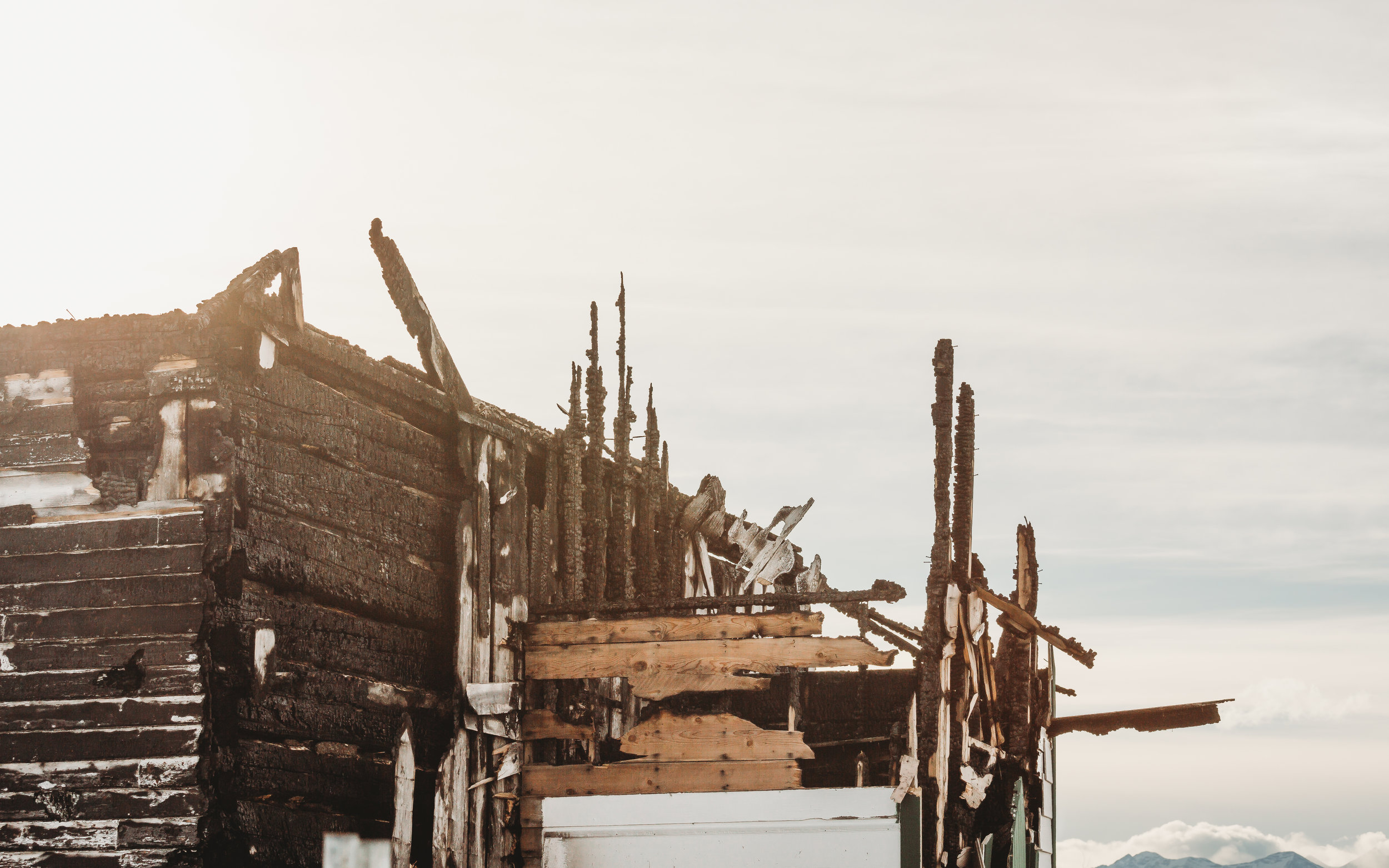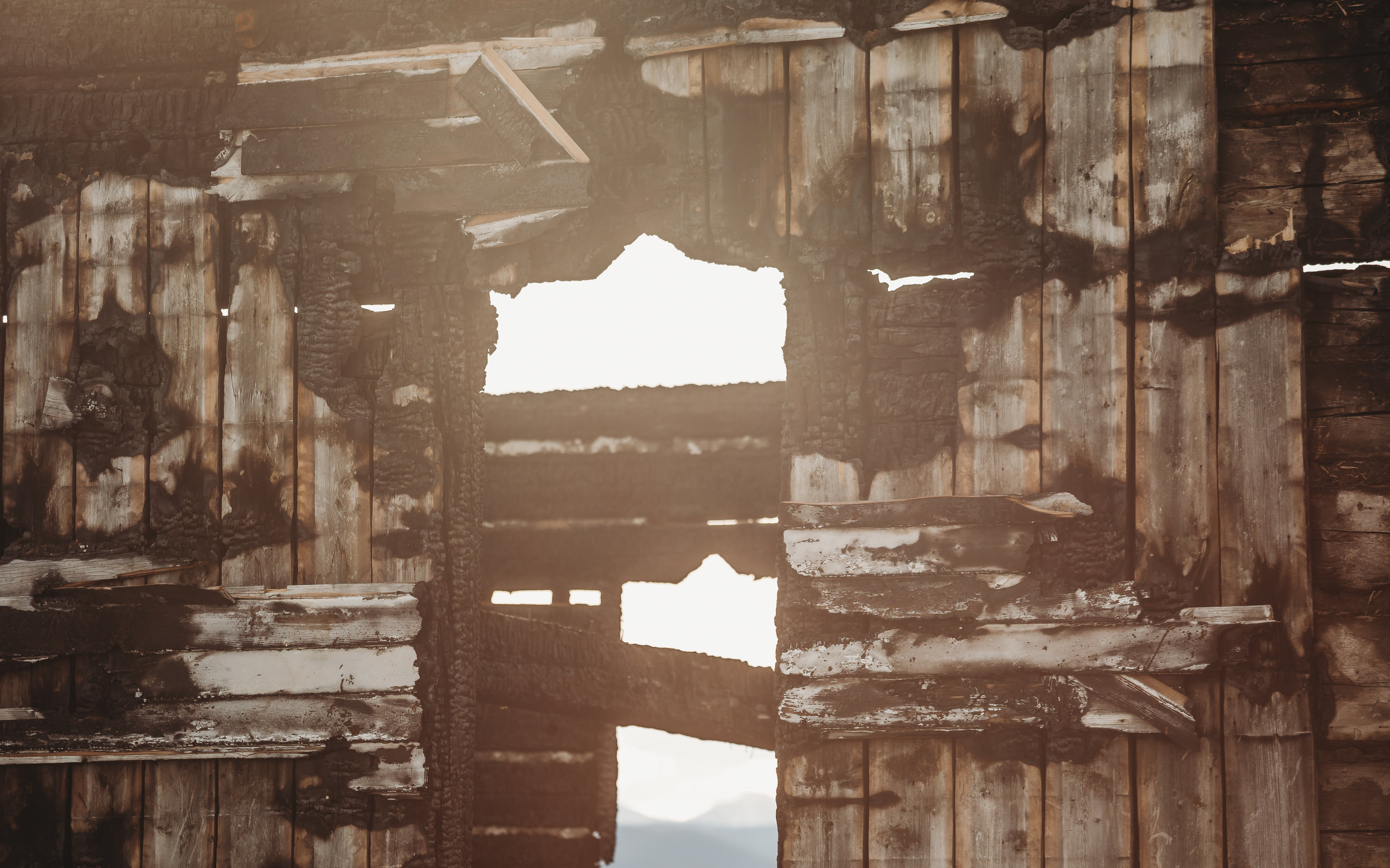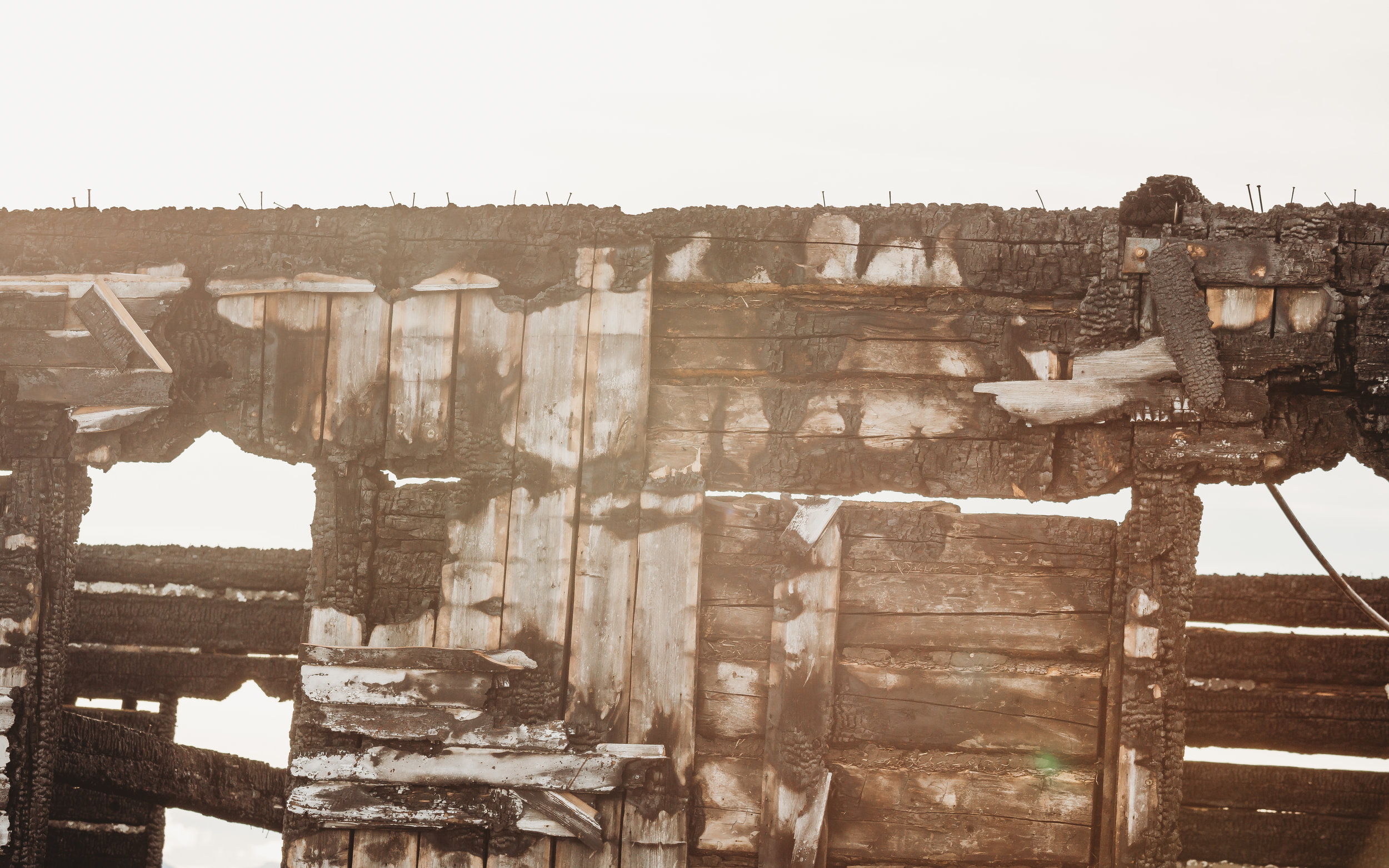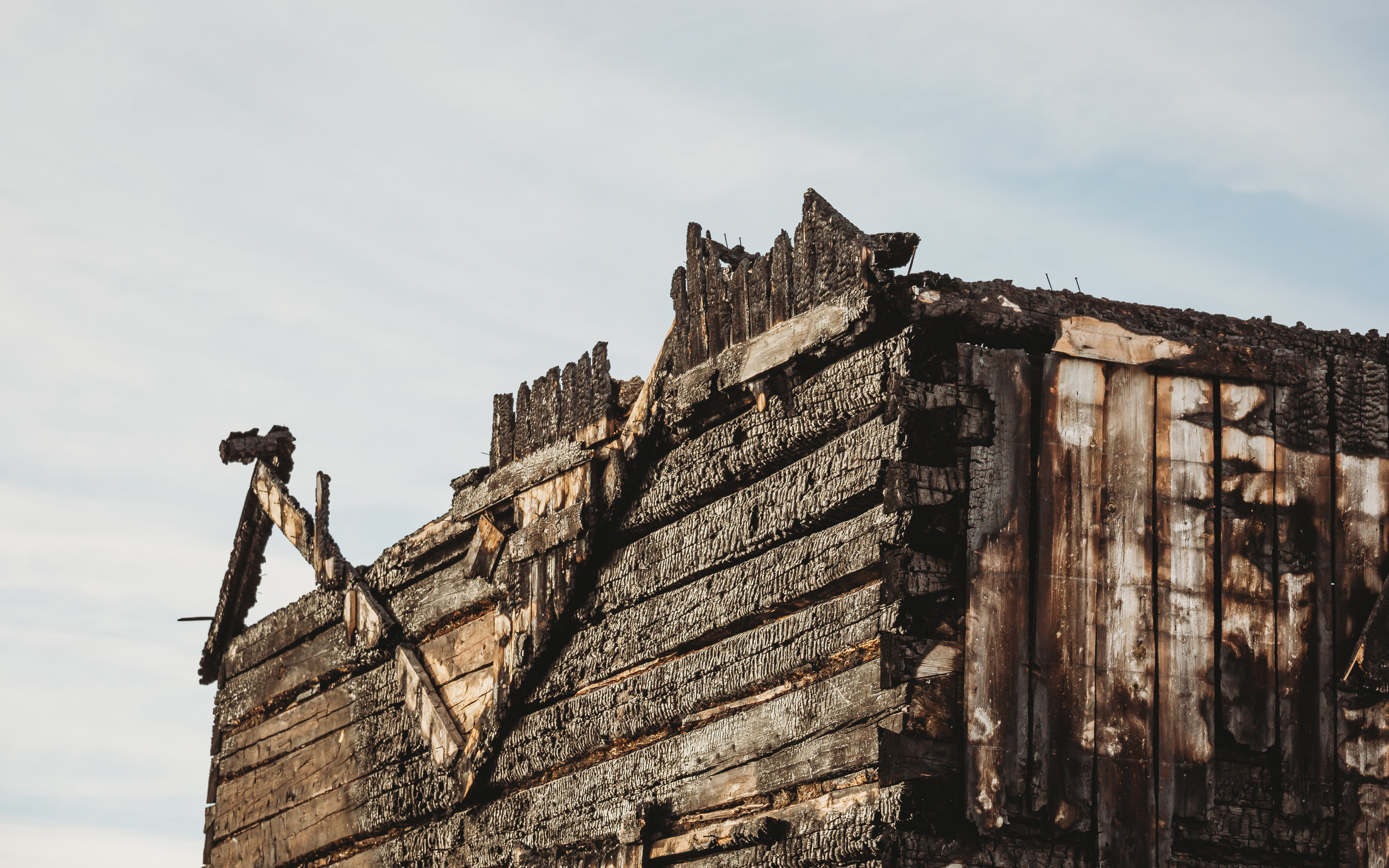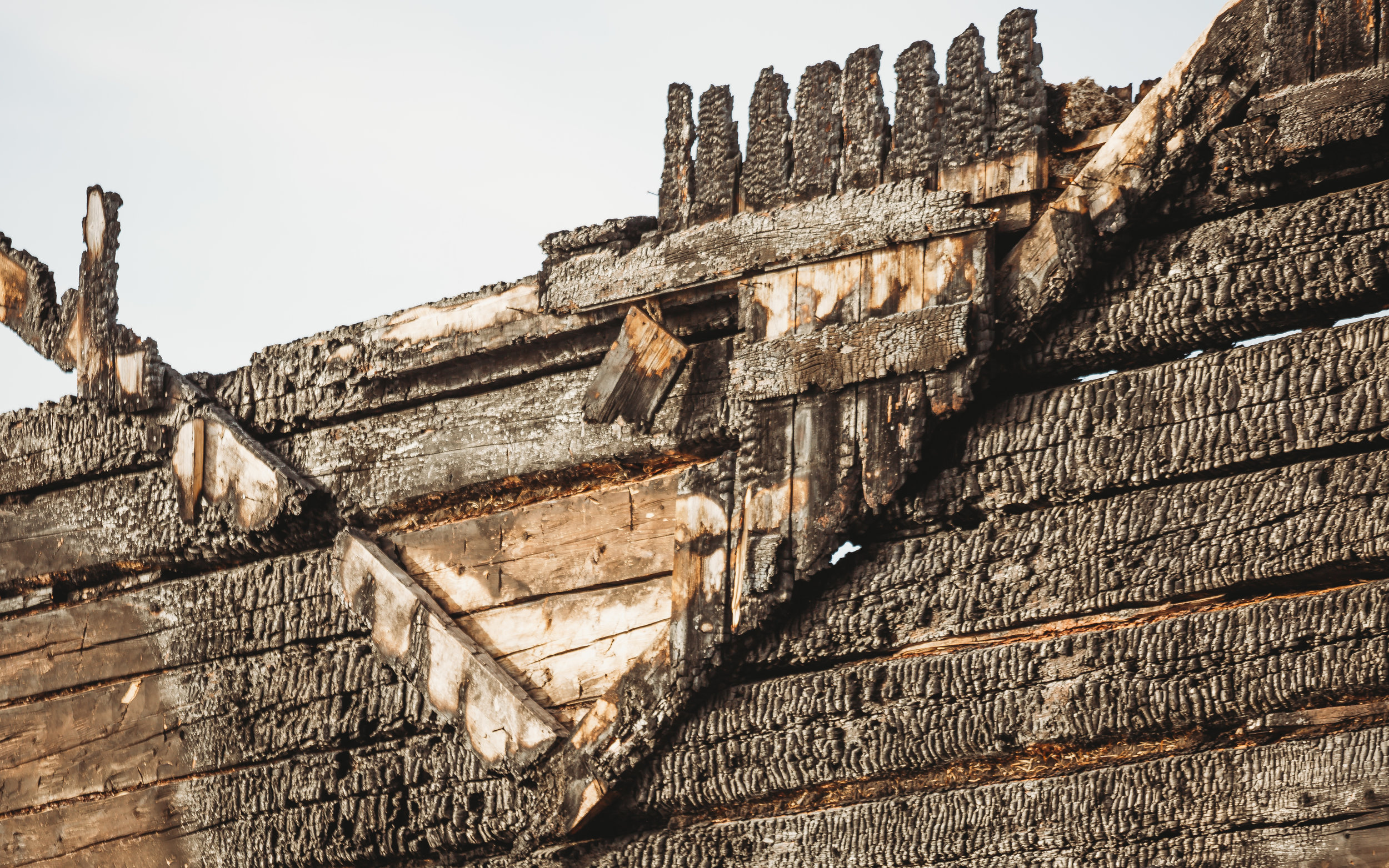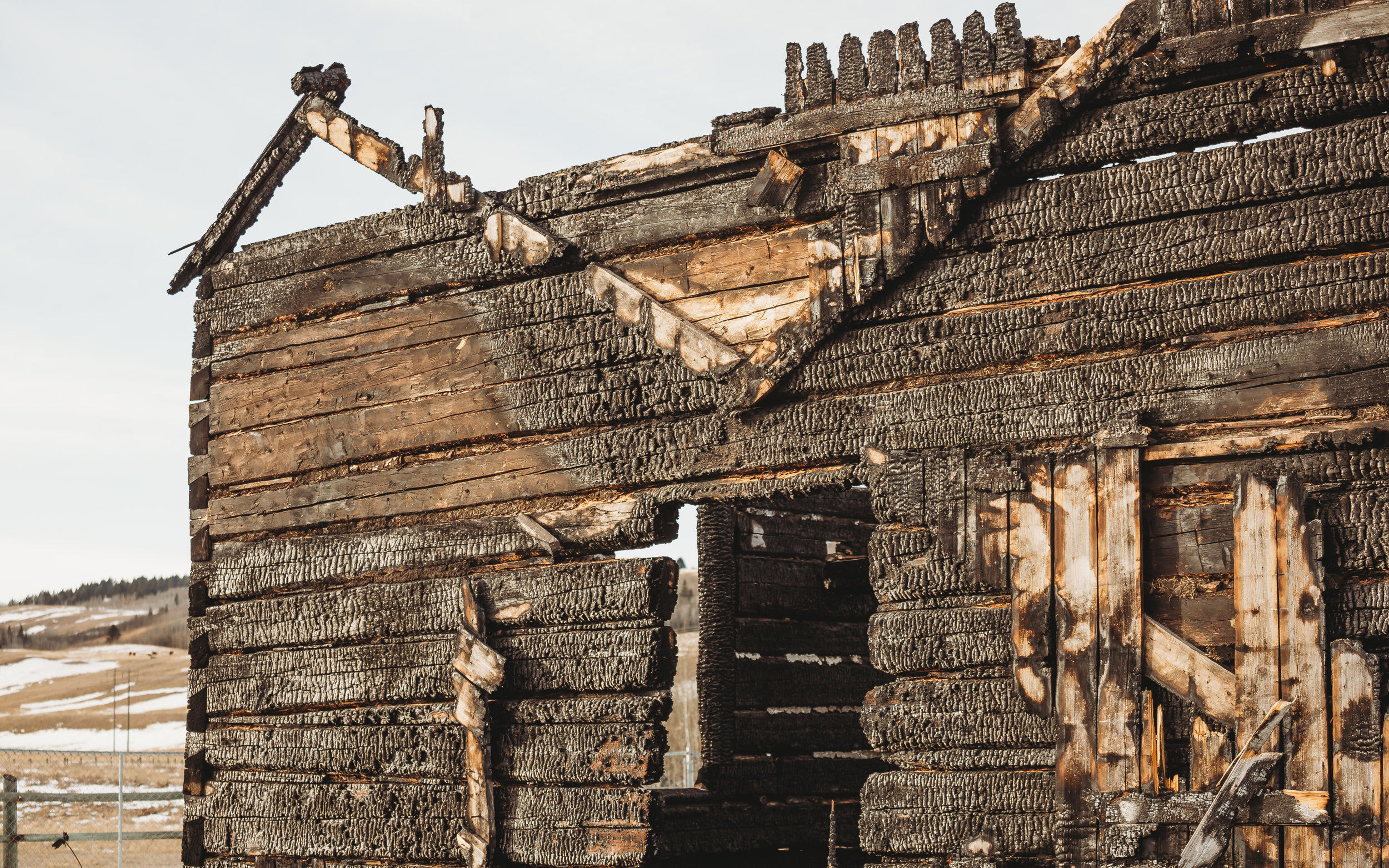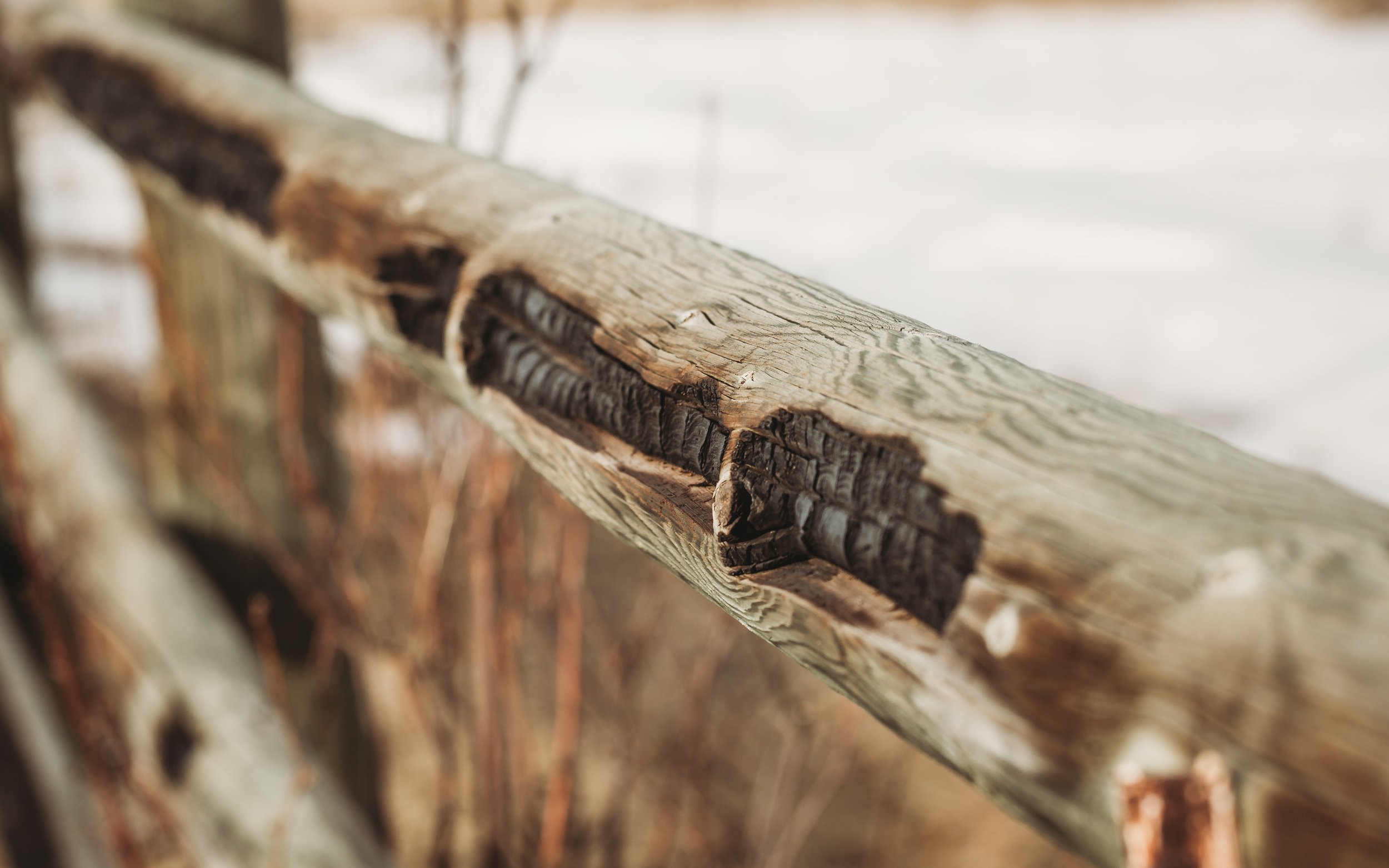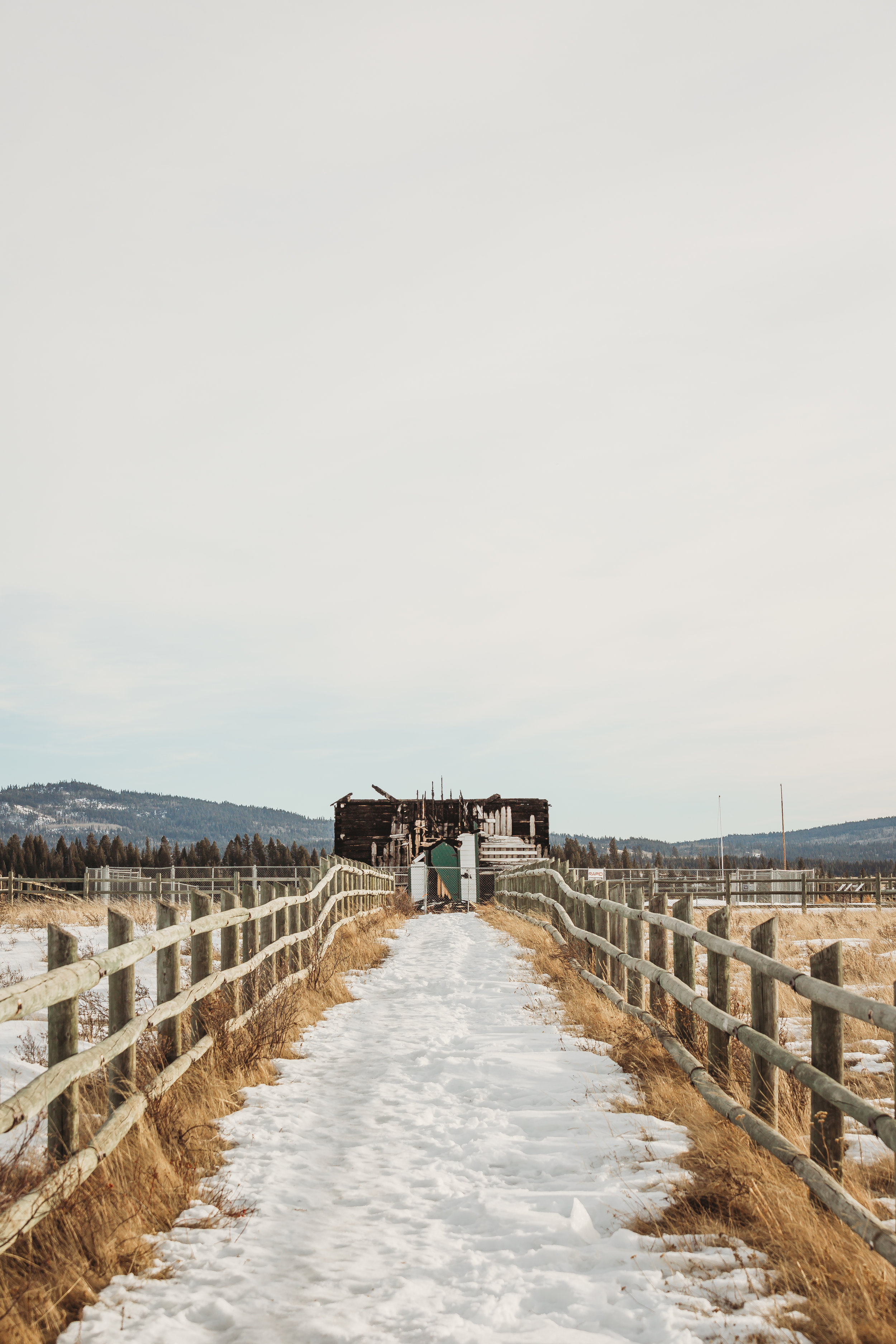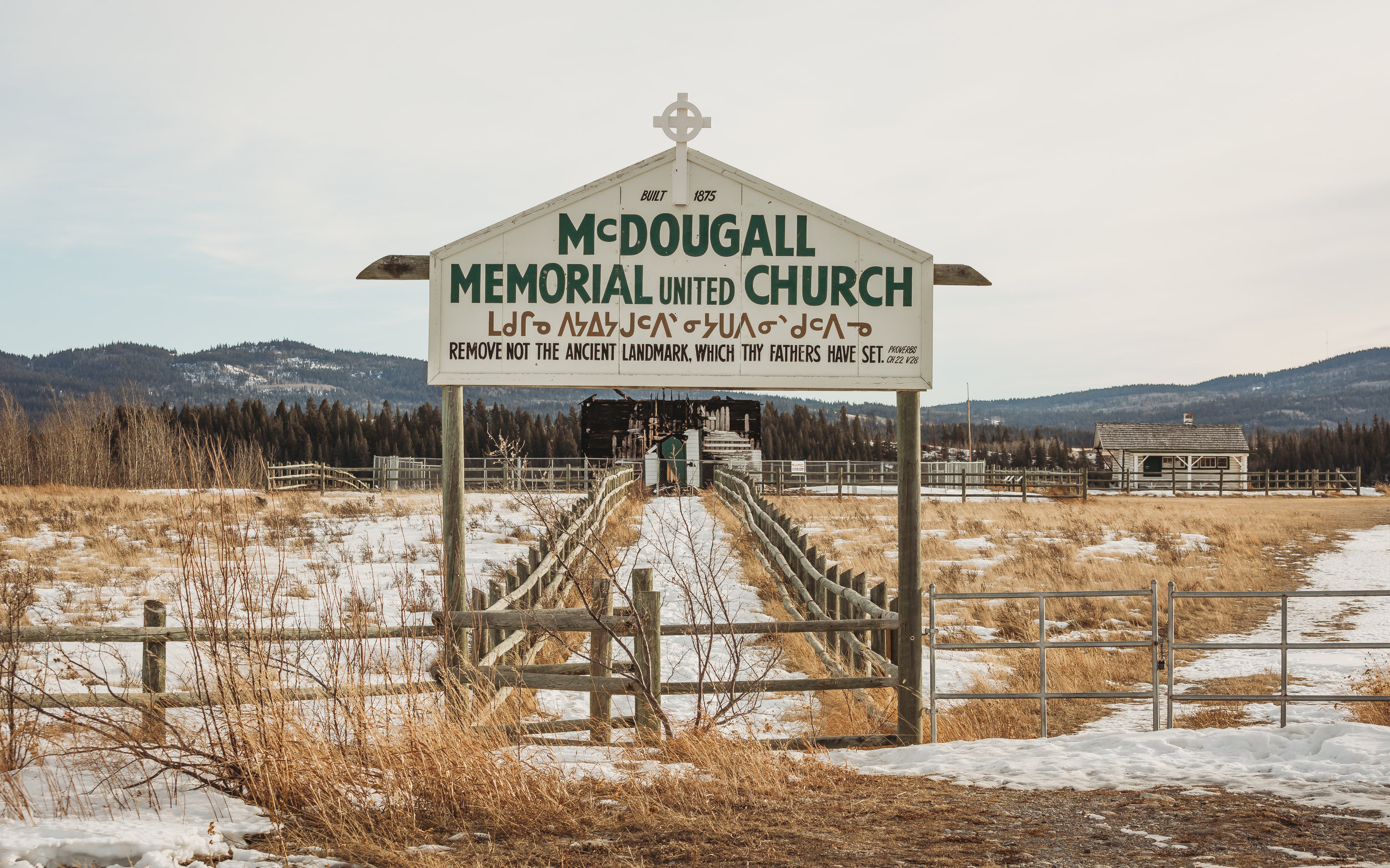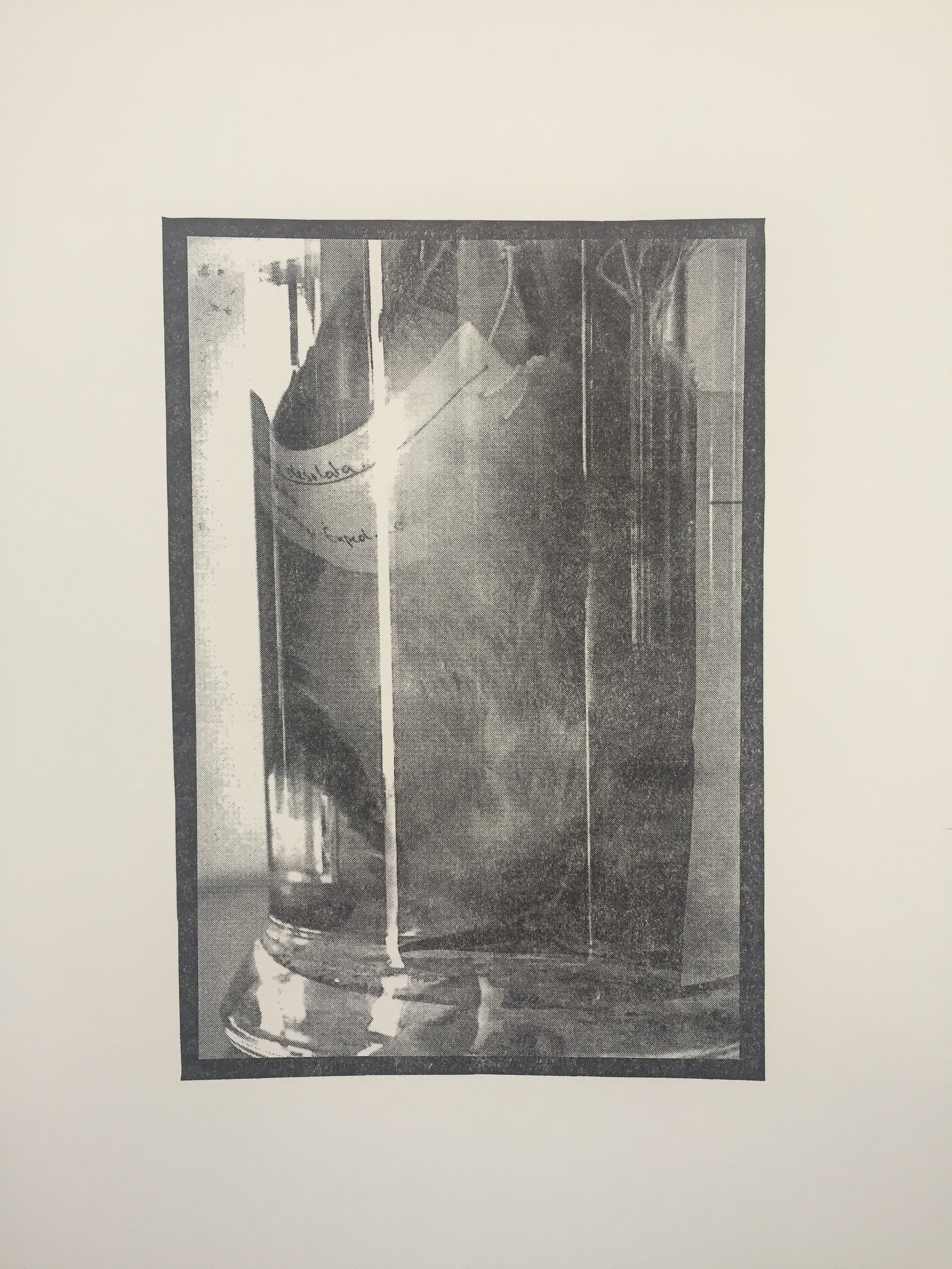I rarely seem to come home with pictures of our wild horses running, or fighting, looking fierce, or out of breath. Mostly, my photographs are of scenes like this one: a small family engaged in their daily routines. They may be playing, or napping, but usually eating. It tells me that they are more like us than we often think about. They wake, and the rumble in their bellies serves to tell them what to search out first, then when they feel content, they enjoy each other's presence, soak up the sun.
In fact, the horses spend the majority of their time searching for sustenance. Their hooves are quite well designed to clear away snow, in order to reveal the grass lying dormant underneath. There are some who argue that they compete with other animals in the area, such as deer, elk, and moose; when in fact, the horses expend their energy creating open spaces full of exposed grass, that is then available to animals whose cloven hooves are not nearly as suited to digging for this treasure. The relationship is symbiotic.
Horses are a species unto themselves. Their mere existence compels a human desire for 'management,' as that has been the driving story between us and them. Yet, their presence in the wild inspires this yearning to see them free, that has always underwritten our story. We know they are meant to be this way, we feel their wild blood coursing through their veins when we sit astride their backs. Deep down, if we choose to, we recognize how thin the rope really is, how much they accommodate, how much learned helplessness we impose on them.
Currently, the question of managing the free-roaming horses here has come to light in the media again, as the five-year moratorium on their capture comes to an end, along with a trial of contraceptive experimentation. Advocacy groups have vastly differing opinions on what should be happening next, and personalities butting heads means important energy is wasted. The biggest threat to their existence is the giant cattle lobby, as ranchers here use the public lands the horses exist on for grazing, and pay a pittance. They, of course, insist the horses are a threat to food supplies; meaning, the free food supply for thousands of cattle. From this they conclude that round-up and slaughter is the best solution.
It has been well-documented that wild horses in fact play an important role in the ecology of wilderness landscapes, particularly those that are heavily treed, such as ours. One of the positive impacts is natural wildfire protection, something which should be at the forefront of the interests of this government, given the very real threat climate change has brought to our forest fire season. Unlike cattle, horses will naturally graze on rotation, rarely staying in one place for long, which allows grasses to naturally replenish. They also will graze on the grass and brush under trees which normally are fuel for fires, serving as natural forest floor caretakers.
The argument that horses in the wild have no natural predators is often tossed about. Again, this is categorically untrue. Anyone who spends time with the horses has found remains, seen the wounds, noticed foals gone missing. Here, wild horses are a food source for predators such as mountain lions, bears, and wolves. This is true anywhere free-roaming horses exist, except where alpha predators have been run out of existence. They are as much a part of the cycle as any other animal living in the wilderness.
All of this is why I love my domestic scenes of horses. It is them in their most natural state, living as evolution designed them to; in communion with the land. Receiving and giving in ways we have forgotten. Their wild presence in our fields and forests should be a point of pride, one we hold up as a model for how to reclaim the ways human and horse can interact on a completely positive, mutually respectful level.































